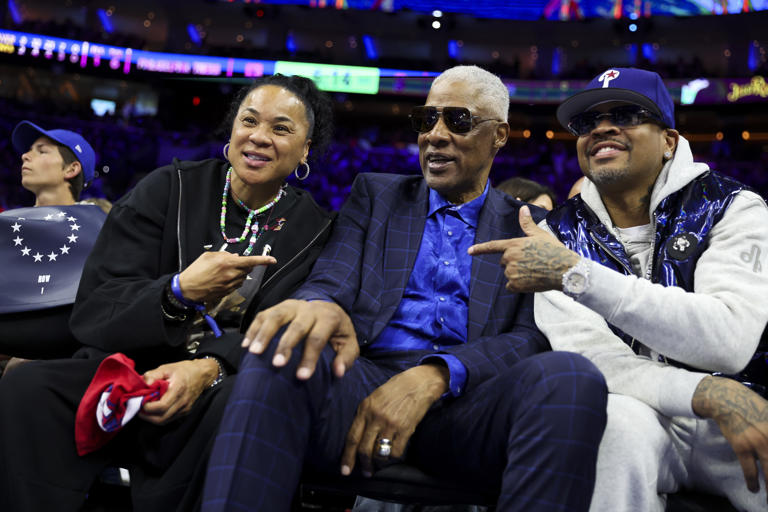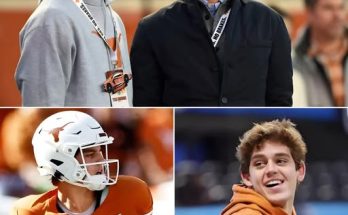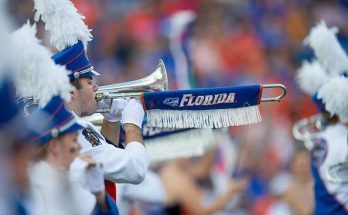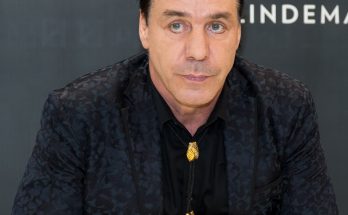The atmosphere in the arena for Game 4 was already electric, a palpable hum of anticipation reverberating through the stands. Every possession felt weighted, every cheer deafening, as the ebb and flow of the high-stakes contest unfolded. Yet, even amidst the peak of playoff fervor, the sudden appearance of basketball royalty had a way of shifting the very air in the building. As the cameras panned to a prime courtside row, a collective gasp rippled through the crowd, quickly followed by a roar of recognition. There, seated amongst the throng, were three titans of the game: Dawn Staley, the undisputed queen of collegiate women’s basketball, a coach whose unwavering intensity and strategic brilliance have carved out a dynastic empire; Julius “Dr. J” Erving, a living legend whose graceful artistry and revolutionary aerial maneuvers redefined the sport; and Allen Iverson, “The Answer,” a cultural icon whose fearless style and indomitable will transcended the hardwood. Their presence alone was a statement, a testament to the magnitude of the moment, drawing eyes away from the court for a fleeting, star-struck instant. But what unfolded next, a series of seemingly spontaneous gestures and interactions, quickly moved beyond mere celebrity sightings, leaving an indelible impression and sparking conversations that echoed far beyond the final buzzer.
It began subtly, with the usual pleasantries exchanged between the iconic figures. A warm embrace between Staley and Erving, a respectful nod from Iverson. Their collective aura, however, was magnetic, drawing attention from all corners of the arena. As the game wore on, the initial buzz of their arrival morphed into something more profound. It wasn’t just about their individual greatness, but the collective wisdom and passion they embodied. During a particularly tense timeout in the second quarter, a moment when the home team was struggling to find its rhythm, the camera zoomed in on Dawn Staley. Rather than simply observing, she was animated, leaning forward, her hands moving as if dissecting the plays unfolding before her. It wasn’t a performance; it was pure, unadulterated coaching instinct. Then, with a quick glance at the jumbotron that had just shown a frustrated player returning to the bench, Staley leaned over and engaged Dr. J in an earnest, whispered conversation. Erving, known for his calm demeanor, listened intently, occasionally nodding, his eyes never leaving the floor. It was a silent masterclass, a glimpse into the minds that have shaped basketball at its highest levels.
What truly set the arena abuzz, however, came during halftime. While most celebrities would retreat to a private suite or simply enjoy the intermission, these three had other plans. As the arena staff began to clear the courtside area, an usher approached them. Instead of being escorted away, a brief, hushed conversation ensued, and then, to the surprise of everyone, Dawn Staley rose from her seat and walked towards the tunnel leading to the locker rooms. Whispers immediately started to circulate. Was she going to speak to the struggling team? Was she offering some pre-arranged motivational words? The speculation reached a fever pitch when, a few moments later, Julius Erving slowly rose, his movements still possessing a quiet dignity, and followed her. Allen Iverson, ever the maverick, lingered for a moment, signing a few autographs for ecstatic fans, before also making his way to the tunnel.
The rumor mill churned furiously during the halftime break. Did they go into the locker room? Did they give a speech? The silence from the teams’ public relations staff only fueled the speculation. When the three emerged shortly before the start of the third quarter, their faces revealed little. Staley’s expression was as focused as ever, Erving maintained his characteristic serene gaze, and Iverson, though smiling faintly as he re-entered the arena, offered no clues. The immediate impact, however, was undeniable. The home team, which had looked disjointed and disheartened in the first half, came out with a renewed vigor. Their defense was tighter, their passes crisper, and their shots began to fall with a newfound confidence. It was as if a switch had been flipped, and the team was playing with an intangible spark that had been missing.
But the real showstopper, the moment that truly had everyone talking, occurred after the final buzzer. The home team, spurred by their second-half resurgence, managed to pull off a dramatic comeback victory, sending the crowd into a frenzy. As the players celebrated on the court, a young fan, perhaps no older than ten, broke through the security cordon and sprinted towards the bench. Before anyone could react, he tripped and fell, his face contorted in disappointment. Immediately, Allen Iverson, who was making his way off the court, saw the boy. Without hesitation, he diverted his path, walked over to the child, helped him up, and then, in a gesture that melted hearts across the arena, knelt down and autographed the boy’s jersey. The sheer spontaneity and genuine warmth of the moment were captivating. It wasn’t a staged interaction; it was a pure, unscripted act of kindness from a legend known for his fierce competitive spirit.
As Iverson was helping the boy, Dawn Staley, who had been observing from a few feet away, did something equally unexpected. She walked over to the boy and his overjoyed parents, and instead of just exchanging pleasantries, she engaged them in a brief, but heartfelt conversation. She praised the boy’s passion for the game, encouraged him to keep pursuing his dreams, and even offered a quick, encouraging word to his parents about fostering his love for basketball. It was a moment of connection that transcended the celebrity-fan dynamic, a display of empathy and mentorship from a coach who understands the power of inspiration.
And then, as if choreographed, Julius Erving, with his dignified stride, joined the impromptu gathering. He didn’t just sign an autograph; he took the time to speak directly to the young fan, offering words of encouragement about perseverance and the joy of the game. He then turned to the parents, a gentle smile gracing his face, and simply thanked them for raising such a passionate young fan. The interaction lasted only a few minutes, but it was a masterclass in humility and engagement from three icons of the sport. It wasn’t about photo opportunities or self-promotion; it was about genuine human connection, about inspiring the next generation, and about giving back to the game that had given them so much.
The images and videos of these interactions quickly went viral, dominating social media feeds and sports headlines. Commentators dissected their halftime movements, analysts debated the “locker room effect,” and fans lauded their post-game gestures. But beyond the speculation and the praise, a deeper message resonated. It was a powerful reminder that true greatness extends beyond statistics and championships. It encompasses character, empathy, and the willingness to connect with others on a human level. Dawn Staley, Julius Erving, and Allen Iverson arrived at Game 4 as celebrated figures, but they left as symbols of something far more profound: the enduring spirit of basketball, rooted in passion, mentorship, and an unwavering commitment to inspiring those who love the game. Their presence wasn’t just about witnessing a playoff game; it was about witnessing the enduring legacy of legends who continue to shape the sport, one genuine interaction at a time, proving that their influence extends far beyond the boundaries of the court, leaving an indelible mark on the hearts and minds of fans for generations to come.



